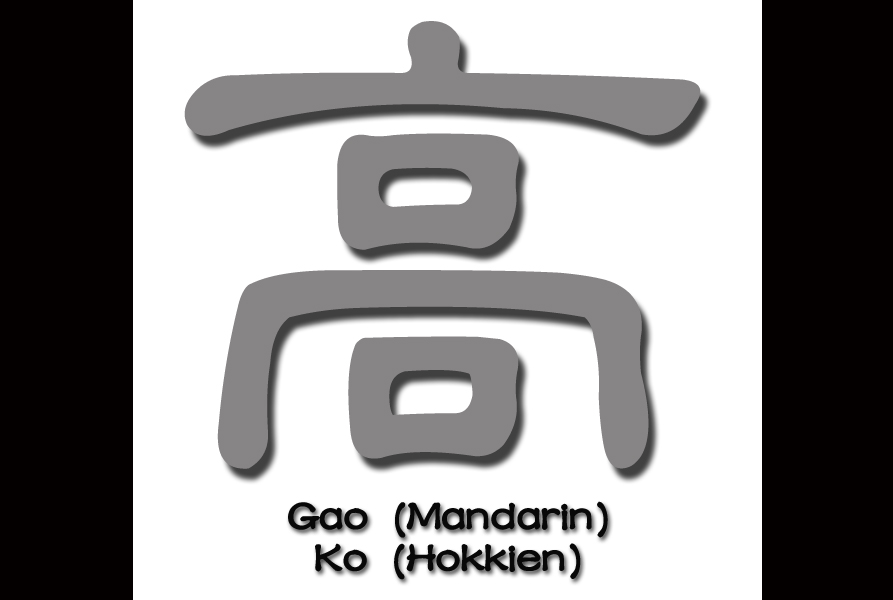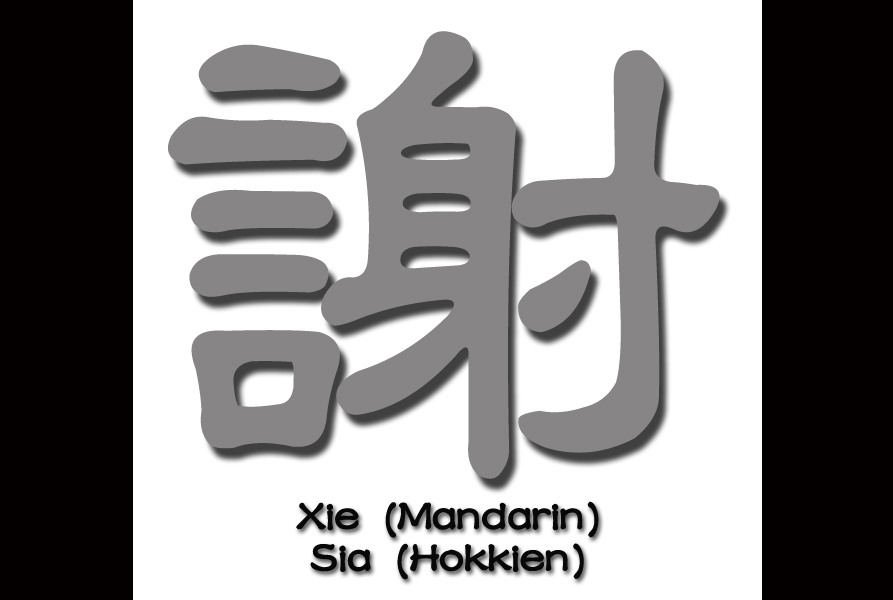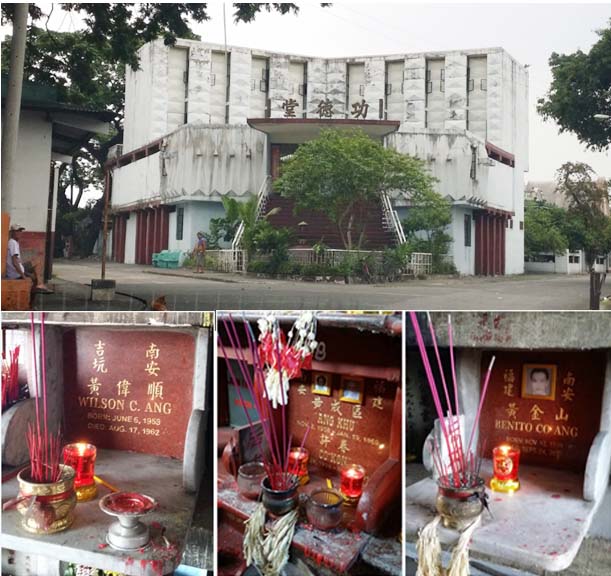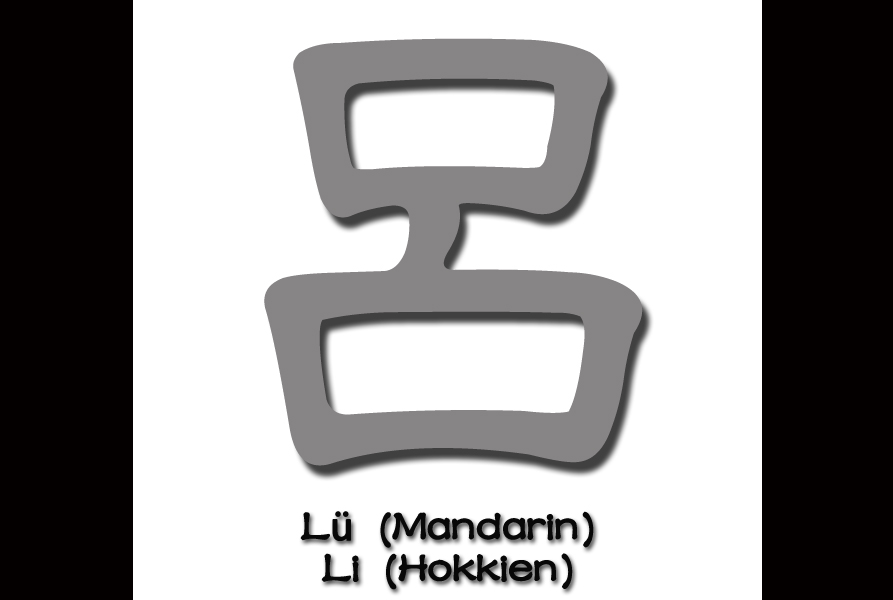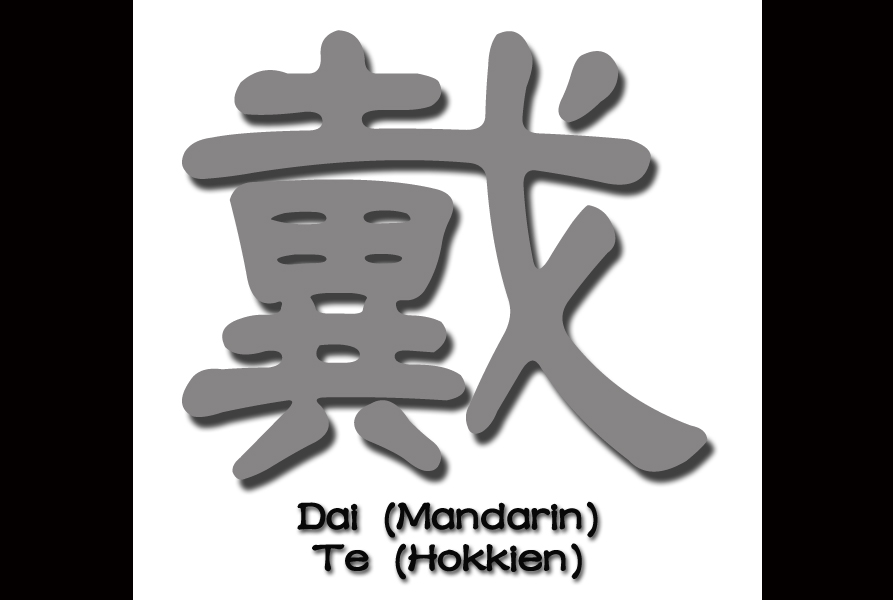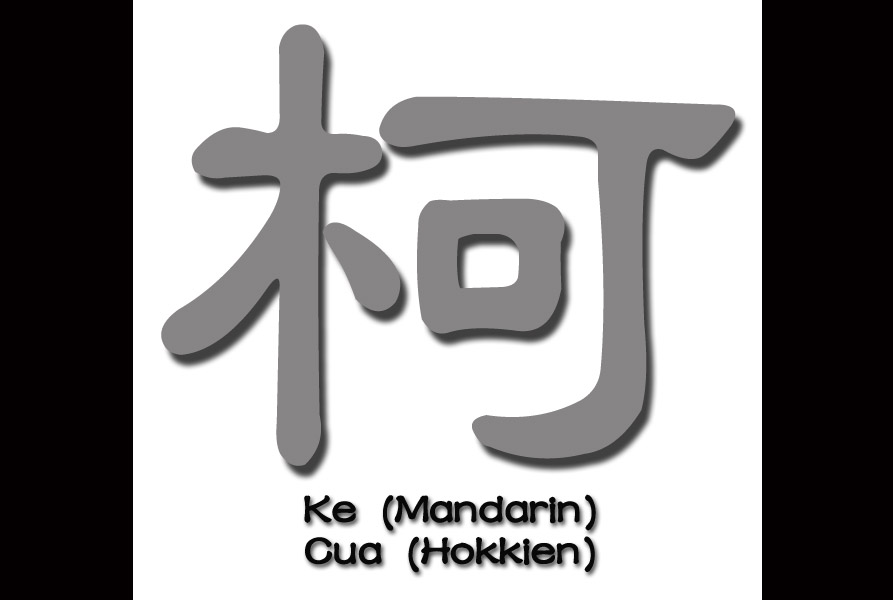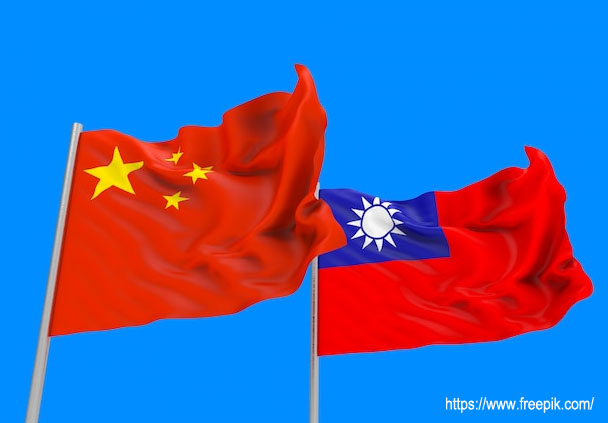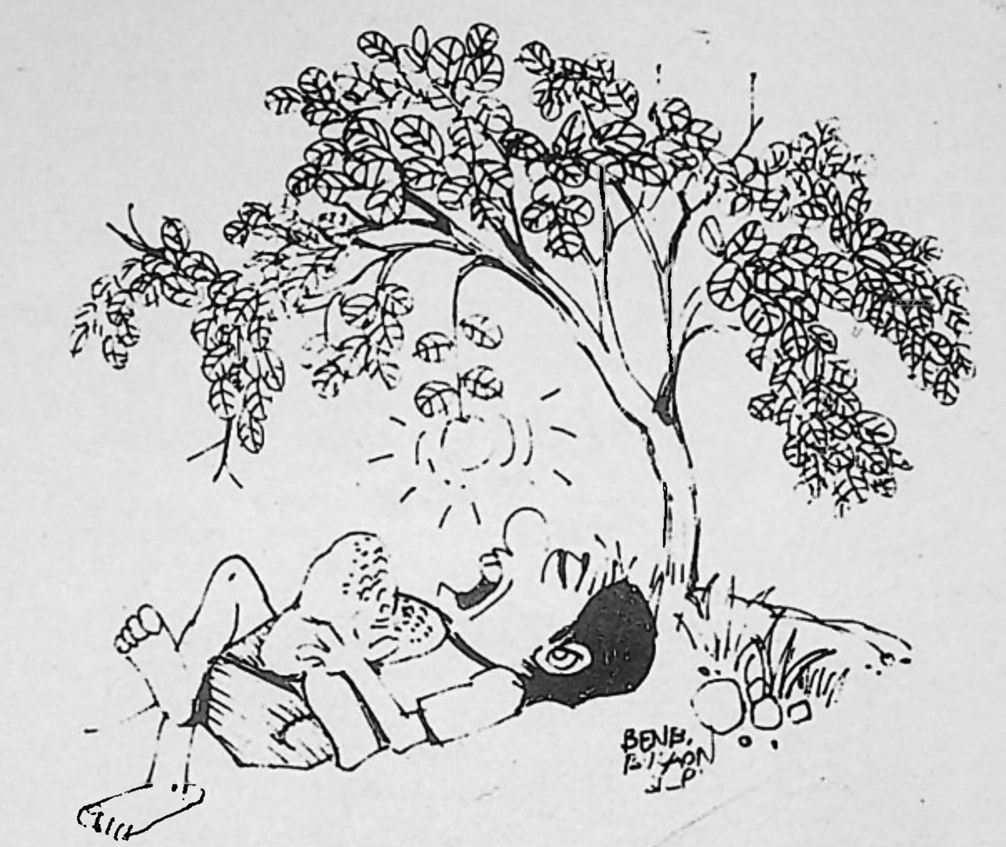First published in Tulay, Fortnightly Chinese-Filipino Digest 24, nos. 15-16 (January 17-February 6, 2012): 5. The surname 高 (Ko in Hokkien, Gao in Mandarin) ranks 19th among Chinese surnames in China, and 24th among Chinese in the Philippines. Gao was first used as surname in China by Lü Fu (呂服), the son of the sixth […]
高 (Gao, Ko) in the Philippines
